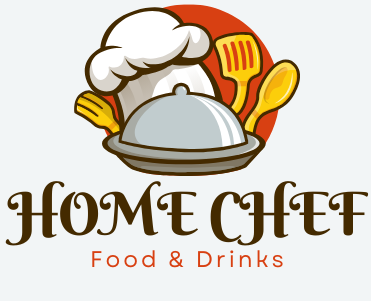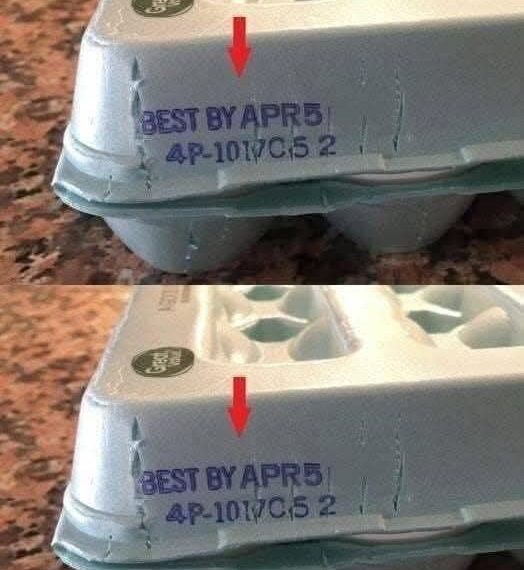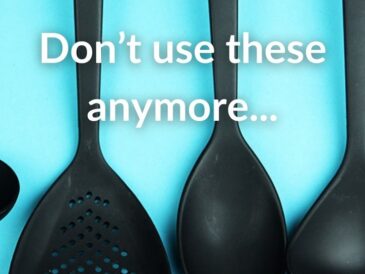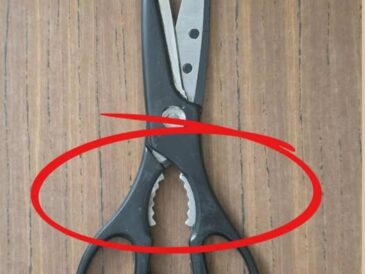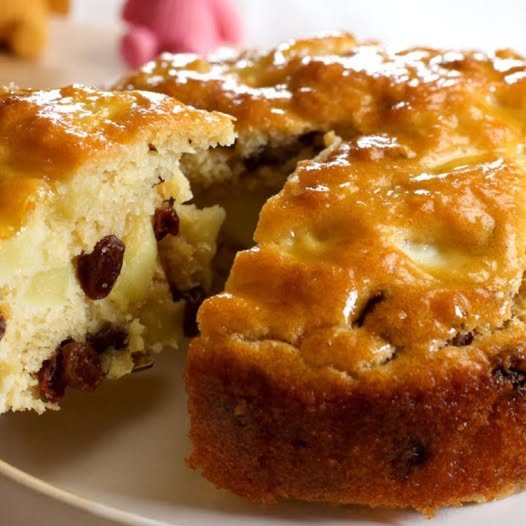If you usually toss a carton of eggs in your cart without giving it more than a quick glance at the “Best By” date, you’re not alone. Most of us do the same. But there’s actually a small code on that carton that reveals way more than you might think — and it can help you buy fresher eggs, avoid waste, and even stay safe during a recall.
That tiny three-digit number? It’s not just a manufacturing quirk. It’s your secret weapon for smarter grocery shopping.
📅 The Julian Date: Your Freshness Decoder
Let’s start with that mysterious three-digit number printed on your egg carton. This is called the Julian date, and it tells you the exact day the eggs were packed — using the day-of-the-year format.
Here’s how it works:
001= January 1st032= February 1st100= April 10th365= December 31st
So, if you pick up a carton labeled with 074, those eggs were packed on March 14th. This matters because eggs are usually still good well beyond the sell-by date — typically for 3 to 5 weeks when refrigerated properly. With the Julian date, you’re not guessing — you know how fresh your eggs really are.
🛒 Pro Tip: Always compare Julian dates if you see multiple cartons with the same “Best By” date. One could be two weeks fresher than the other.
🏭 What’s the “P” Code? It Tells You Where Your Eggs Came From
Right next to the Julian date is a number that starts with the letter “P” — like P-1025 or P-2071. This is the plant code, and it tells you which facility processed and packaged your eggs.
Why should you care?
- Traceability: In the case of a recall or contamination scare, the plant code helps health officials track down the source.
- Transparency: Curious where your food comes from? You can search plant codes using the USDA’s Egg Product Inspection Directory. Some shoppers even use it to avoid large factory farms or choose more local options.
🧠 Why It’s Worth the Extra Look
You don’t have to be an egg fanatic to benefit from this little trick. Understanding how to read your egg carton helps in multiple ways:
✅ Fresher Eggs: Older eggs lose moisture and structure, making them less ideal for baking and less tasty overall.
✅ Better Safety: Knowing the exact pack date and plant location means you’ll be more informed in the event of a recall.
✅ Smarter Shopping: You’ll be able to spot the freshest cartons no matter what the label says on the front.
🛍️ Next Time You’re at the Store, Try This:
- Check the Julian date – lower number = older eggs
- Look at the plant code – get curious about where your food comes from
- Compare cartons – even eggs with the same “Best By” date can vary by weeks in freshness
🥄 Final Thoughts
A simple habit like glancing at the Julian date and plant code can seriously level up your grocery game. You’ll end up with fresher eggs, reduce your food waste, and be better equipped to handle any food safety concerns that come your way.
Go ahead — open your fridge and check your egg carton. You might be surprised what you learn.
And now you’ve got an egg-cellent reason to feel like a grocery pro. 🛒🥚
